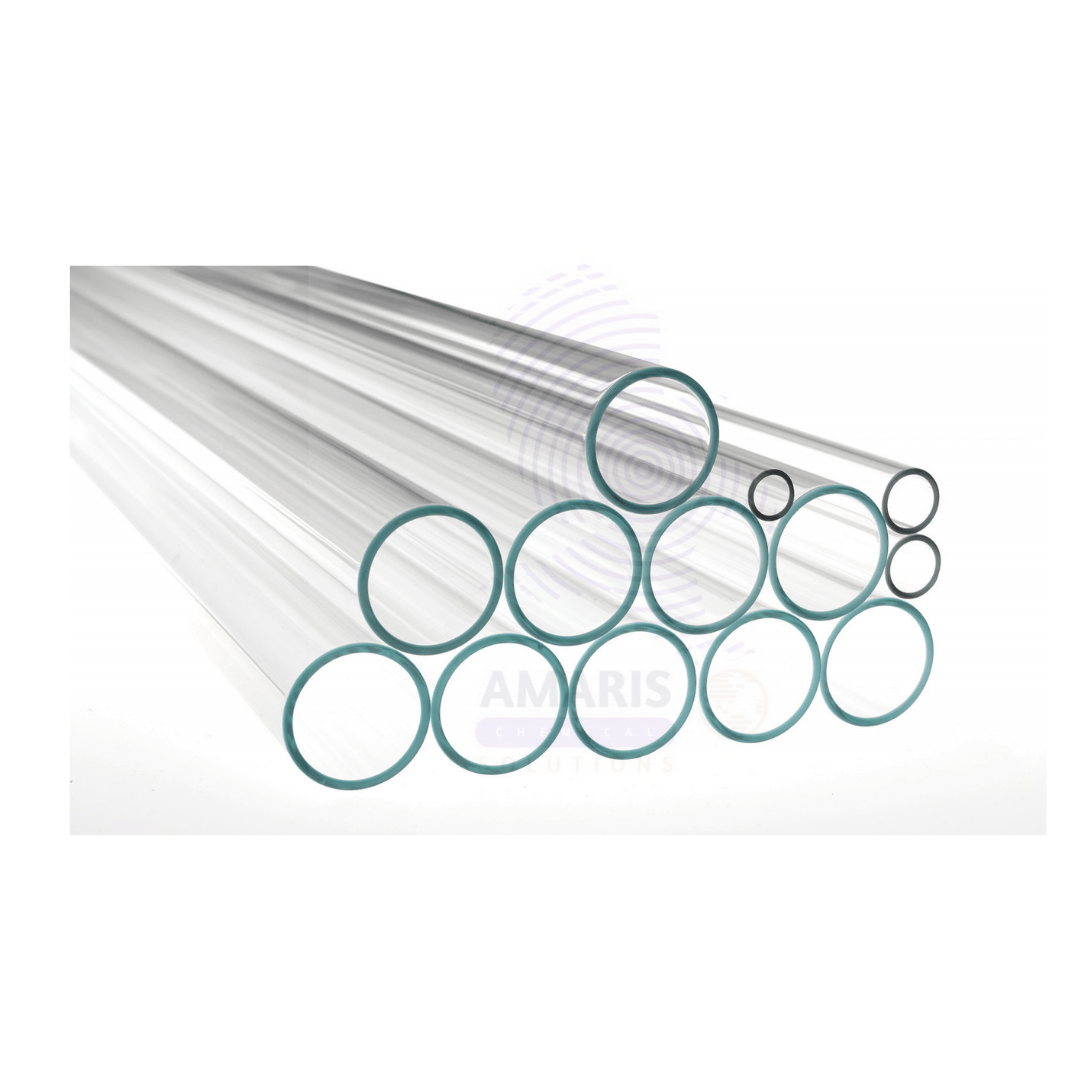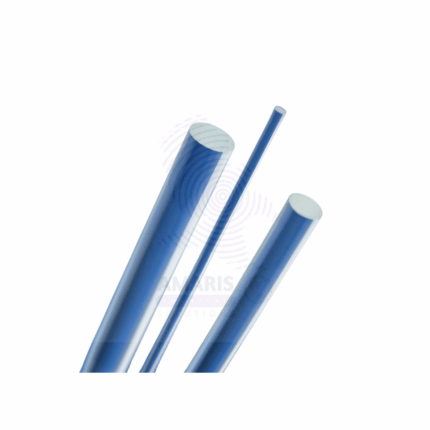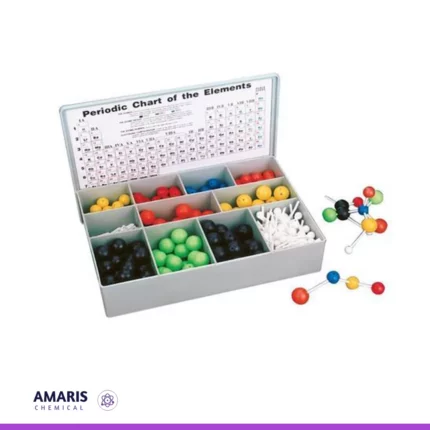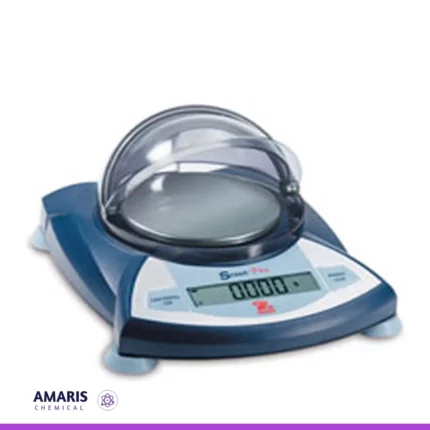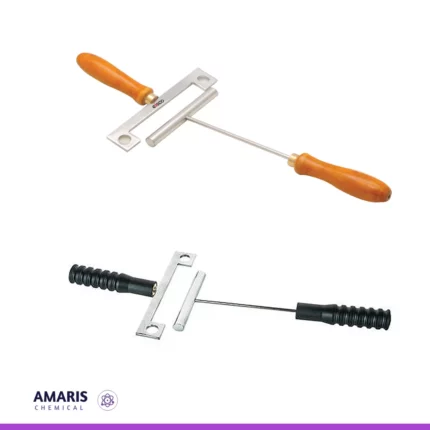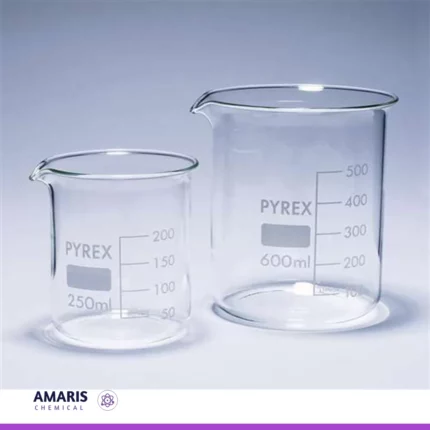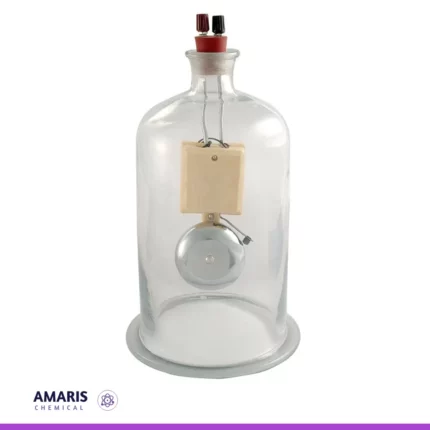“Balance mechanical ohaus tripple beam” has been added to your cart. View cart
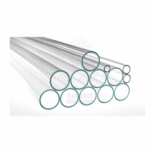
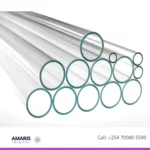
Back to products
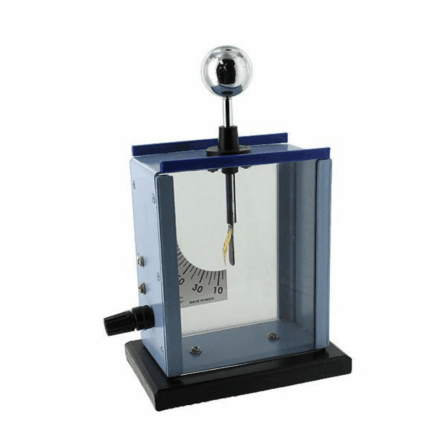

Gold Leaf Electroscope
$1,800.00 Original price was: $1,800.00.$1,700.00Current price is: $1,700.00.
Glass Tubing
$500.00 Original price was: $500.00.$400.00Current price is: $400.00.
Whatsapp Order
Glass tubing is a versatile material commonly used in various scientific, industrial, and decorative applications. It is typically made from borosilicate glass, which is known for its low thermal expansion and high resistance to thermal shock, making it ideal for laboratory use.
SKU:
ACS29438CHEM0
Category: LABORATORY EQUIPMENT & APPARATUS
Description
Table of Contents
ToggleUses of Glass tubing
1. Manufacture of Laboratory Apparatus
- Test Tubes: Glass tubing is cut and shaped into test tubes, which are essential for holding, mixing, and heating chemical substances.
- Pipettes: Used for transferring precise volumes of liquids, glass pipettes are made from drawn glass tubing.
- Burettes: Graduated glass tubes with a stopcock at one end, used for titrations.
- Condensers: Glass tubing is used to make condensers for cooling vapor in distillation processes.
2. Fluid Transfer and Flow Systems
- Connecting Tubes: Used to connect various pieces of lab equipment, allowing the transfer of gases or liquids between them.
- Capillary Tubes: Very fine glass tubes used for tasks such as drawing small quantities of fluids or for chromatography.
3. Reactions and Heating
- Reaction Tubes: Glass tubing can be used to construct reaction tubes for carrying out small-scale chemical reactions.
- Heating Elements: Glass tubing can be used to hold and heat samples in controlled conditions due to its resistance to thermal shock.
4. Measurement Instruments
- Manometers: U-shaped glass tubes filled with liquid (such as mercury or water) used to measure pressure differences.
- Gas Syringes: Glass syringes connected via glass tubing are used to measure and manipulate gases.
5. Gas Handling and Sampling
- Gas Collection: Glass tubing is often used in setups for collecting and analyzing gases produced in reactions.
- Gas Sampling Tubes: Used to capture and analyze gaseous samples from various environments or reactions.
6. Distillation and Separation
- Distillation Columns: Made from glass tubing, these columns are essential for separating mixtures based on different boiling points.
- Fractionating Columns: Used in fractional distillation to improve the separation of mixtures.
7. Chromatography
- Chromatography Columns: Glass tubing is used to make columns for liquid chromatography, which are used to separate chemical mixtures.
8. Protective and Insulating Uses
- Sheaths for Thermocouples: Glass tubing can encase thermocouples, protecting them from corrosive substances.
- Insulating Tubes: Used to insulate wires or other components in high-temperature environments.
9. Specialized Uses
- Optical Systems: Sometimes glass tubing is used in optical instruments for its clarity and purity.
- Spectroscopy: Glass tubing can be part of setups for spectroscopic analysis, where it helps guide and contain light or samples.
Related products
Atomic Model Set
$0.01
A lab atomic model set is a collection of physical models and materials designed to represent the structure of atoms and molecules. It is commonly used in educational and scientific laboratory settings to visually demonstrate the arrangement of protons, neutrons, and electrons within an atom, as well as the bonding patterns between atoms in molecules. These sets typically include colored balls of various sizes representing different types of atoms, as well as connectors or magnets to simulate chemical bonds between them. The purpose of these sets is to help students and researchers better understand the principles of atomic and molecular structure in a tangible and interactive way.
bar and gauge apparatus
$0.01
beaker pyrex
A glass beaker is a cylindrical, open-top container made of glass, typically with graduated volume markings on its side. It is commonly used in laboratories for holding, mixing, and heating liquids, as well as for performing various experiments and chemical reactions. Glass beakers come in various sizes and are designed to provide easy observation of the contents and to withstand temperature changes without significant deformation or chemical interaction with the substances being used.
bell in vacuum
$0.01
A "bell in vacuum" apparatus is a scientific setup used to demonstrate the effects of reduced air pressure (vacuum) on sound transmission. It typically consists of a bell or sound-producing object enclosed within a sealed chamber from which air has been removed, creating a low-pressure environment. This apparatus is designed to illustrate how sound travels differently in a vacuum compared to in normal atmospheric conditions, highlighting the role of air molecules in sound propagation.
bell in vacuum with air pump with plate
$0.01
A "bell in vacuum" apparatus is a scientific setup used to demonstrate the effects of reduced air pressure (vacuum) on sound transmission. It typically consists of a bell or sound-producing object enclosed within a sealed chamber from which air has been removed, creating a low-pressure environment. This apparatus is designed to illustrate how sound travels differently in a vacuum compared to in normal atmospheric conditions, highlighting the role of air molecules in sound propagation.
Bernoulli Tube Apparatus
$0.01
The Bernoulli tube apparatus, also known as a Venturi tube apparatus, is a scientific device used to demonstrate the principles of fluid dynamics, particularly the Bernoulli's principle. It consists of a specially shaped tube with a constricted region, often referred to as a Venturi section. When fluid (liquid or gas) flows through the tube, the constricted section leads to changes in pressure and velocity according to Bernoulli's principle, which states that as the velocity of a fluid increases, its pressure decreases and vice versa. This apparatus is commonly used in educational settings to visually illustrate how the flow of a fluid can affect its pressure, helping to explain various phenomena like lift in aircraft wings, fluid flow through pipes, and more.


 Emollients
Emollients Humectants
Humectants UV Filters
UV Filters Surfactants (cosmetic)
Surfactants (cosmetic) Preservatives (cosmetic)
Preservatives (cosmetic) Fragrances and Essential Oils
Fragrances and Essential Oils Antioxidants (cosmetics)
Antioxidants (cosmetics)
 Solvents (lab)
Solvents (lab) Chromatography Chemicals
Chromatography Chemicals Microbiology and Cell Culture Reagents
Microbiology and Cell Culture Reagents Biochemical Reagents
Biochemical Reagents Inorganic and Organic Standards
Inorganic and Organic Standards Spectroscopy Reagents
Spectroscopy Reagents Molecular Biology Reagents
Molecular Biology Reagents
 Precious Metal Extraction Agents
Precious Metal Extraction Agents
 Plasticizers
Plasticizers Polymerization Initiators
Polymerization Initiators Stabilizers
Stabilizers Monomers
Monomers Fillers and Reinforcements
Fillers and Reinforcements Antioxidants (plastics)
Antioxidants (plastics) Colorants (plastic pigments,Dyes)
Colorants (plastic pigments,Dyes)
 Fertilizers
Fertilizers Plant Growth Regulators
Plant Growth Regulators Soil Conditioners
Soil Conditioners Animal Feed Additives
Animal Feed Additives Biostimulants
Biostimulants
 Dough Conditioners
Dough Conditioners Flour Treatments
Flour Treatments Fat Replacers
Fat Replacers Preservatives (baking)
Preservatives (baking)
 Surfactants (cleaning)
Surfactants (cleaning) Builders
Builders Bleaching Agents
Bleaching Agents Enzymes
Enzymes Solvents (cleaning)
Solvents (cleaning) Fragrances
Fragrances Disinfectant
Disinfectant Metal cleaning
Metal cleaning
 Binders/Resins
Binders/Resins Pigments
Pigments Solvents (paint)
Solvents (paint) Additives
Additives Driers
Driers Anti-Corrosion Agents
Anti-Corrosion Agents Specialty Coatings
Specialty Coatings Functional Coatings
Functional Coatings Application-Specific Coatings
Application-Specific Coatings
 Sealants and Adhesives
Sealants and Adhesives
 Biodegradable Surfactants
Biodegradable Surfactants Bio-based Solvents
Bio-based Solvents Renewable Polymers
Renewable Polymers Carbon Capture Chemicals
Carbon Capture Chemicals Wastewater Treatment Chemicals
Wastewater Treatment Chemicals
 Preservatives (food)
Preservatives (food) Flavor Enhancers
Flavor Enhancers Acidulants
Acidulants Sweeteners
Sweeteners Emulsifiers
Emulsifiers Antioxidants (food)
Antioxidants (food) Colorants (food)
Colorants (food) Nutrient Supplements
Nutrient Supplements Nutraceutical Ingredients
Nutraceutical Ingredients
 Fresh Herbs
Fresh Herbs Whole Spices
Whole Spices Ground Spices
Ground Spices Spice Blends
Spice Blends
 Surfactants(oil)
Surfactants(oil)
 Antibiotics
Antibiotics Active Pharmaceutical Ingredients
Active Pharmaceutical Ingredients Excipients
Excipients Vaccine Adjuvants
Vaccine Adjuvants Nutraceutical Ingredients
Nutraceutical Ingredients Solvents (pharmaceutical)
Solvents (pharmaceutical)
 Automotive chemicals
Automotive chemicals Pyrotechnic Chemicals
Pyrotechnic Chemicals


 Vulcanizing Agents
Vulcanizing Agents Accelerators & Retarders
Accelerators & Retarders Antidegradants
Antidegradants Reinforcing Agents
Reinforcing Agents Plasticizers & Softeners
Plasticizers & Softeners Fillers & Extenders
Fillers & Extenders Blowing Agents
Blowing Agents Adhesion Promoters
Adhesion Promoters
